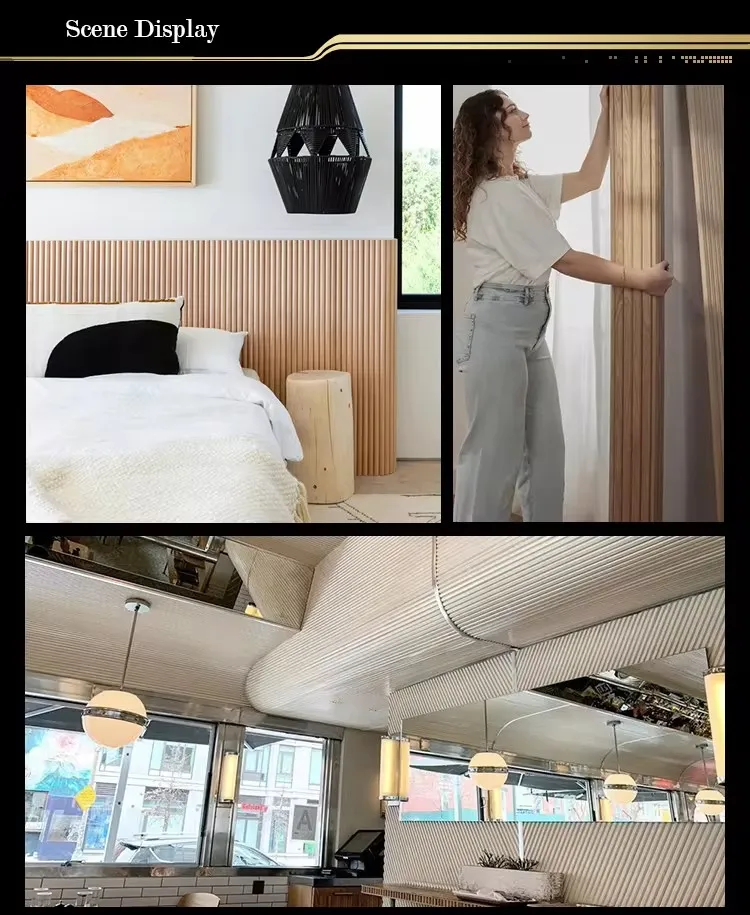The Benefits of Felt Acoustic Ceiling Panels
In contemporary architecture and interior design, the importance of acoustics is often overlooked. While aesthetics and functionality are paramount, the acoustical aspects of a space play a critical role in ensuring a comfortable and effective environment. One emerging solution that addresses acoustic challenges while also adding a touch of style is felt acoustic ceiling panels.
Understanding Acoustic Panels
Acoustic panels are designed to absorb sound, reduce noise, and enhance overall sound quality within a given space. They are particularly useful in environments where excessive noise can lead to distraction and discomfort, such as offices, conference rooms, restaurants, and educational institutions. Among the various materials used for acoustic panels, felt has become increasingly popular due to its unique properties.
Why Choose Felt?
Felt is a non-woven material that can be made from various fibers, including wool and synthetic materials. Its structure allows for excellent sound absorption, reducing echoes and reverberation in a space. The porous nature of felt is key to its functionality; it traps sound waves, preventing them from bouncing off hard surfaces, which can distort audio quality. This makes felt acoustic ceiling panels particularly effective in open-plan offices or locations with high ceilings where sound can easily travel.
Aesthetic Appeal
Beyond their functional benefits, felt acoustic ceiling panels offer significant aesthetic advantages. Available in a wide range of colors, patterns, and textures, these panels can complement various interior design themes. Whether it’s a modern corporate office, a cozy café, or a vibrant classroom, felt panels can be customized to fit the desired look and feel of the space. Their soft texture adds warmth and comfort, transforming any environment into a more inviting area.
felt acoustic ceiling panels

Moreover, felt panels can be installed in numerous configurations, whether as tiles, clouds, or even bespoke shapes, allowing for creative freedom in design. This versatility makes them a favored choice among architects and designers looking to integrate functionality and style.
Environmental Considerations
Sustainability is another growing concern in design and construction. Felt acoustic panels can contribute to eco-friendly building practices. Many felt products are made from recycled materials, and they can also be recycled at the end of their lifecycle. By choosing sustainable materials, designers and consumers alike can make responsible choices that positively impact the environment.
Installation and Maintenance
Installing felt acoustic ceiling panels is a relatively straightforward process. They can be mounted directly to the ceiling or suspended for a dramatic effect. Maintenance is also minimal; regular dusting or vacuuming is typically all that is required to keep them looking good as new. Their durability ensures they can withstand the test of time, making them a smart investment for any space.
Conclusion
In summary, felt acoustic ceiling panels represent a perfect amalgamation of form and function. They effectively address noise issues while enhancing the aesthetic appeal of any environment. With their sustainability benefits and ease of installation, they are becoming an increasingly popular choice among architects, designers, and business owners alike. As the demand for acoustic solutions continues to grow, felt acoustic panels stand out as a versatile and stylish option capable of transforming spaces into harmonious, peaceful environments. By prioritizing sound quality alongside aesthetics, we can create healthier, more productive settings that foster creativity and collaboration.
